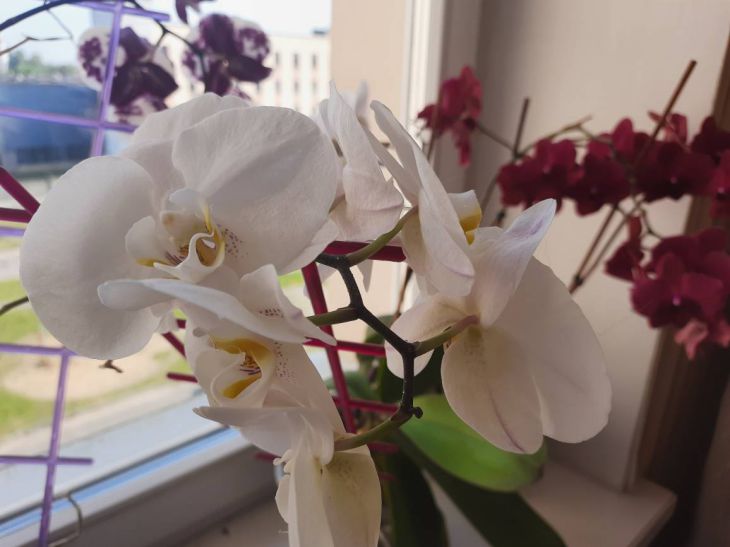Even flower growers with little experience know that indoor flowers should not be fed in winter.
The plants are dormant, consuming minimal amounts of nutrients, so their excess accumulates in the limited space of the pot.
The soil lump becomes saline, which negatively affects the further development of the plant. However, not everything is so clear.
Sometimes indoor flowers need winter feeding, and the five listed below require quite intensive feeding.
Before you start feeding: a few nuances
1. For different flowers, "winter" can begin and end at different times. Some flowers slow down their growth in September, and in January they already begin the phase of active growth. You need to look at the condition of a specific specimen. If growth has stopped, it means the flower has entered a dormant period. Fertilizing should be stopped. If it grows, but very slowly, then reduce it by 2-3 times.

2. Plants under phytolamps are not tied to natural cycles, so they require the same care in winter as in summer.
3. Winter fertilizing is best done on the leaves. This eliminates the risk of overfeeding the plant.
4. Fertilizing should be done only on moist soil (water with clean water the day before applying fertilizer).
5. Foliar feeding (on the leaves) can only be done if there are no buds or blossoming flowers.
6. In winter, you should choose fertilizers that emphasize potassium, phosphorus, and microelements. The nitrogen content should be minimal, since flowering plants need winter feeding, and nitrogen is needed for the growth of the leaf apparatus, not flowering.
5 Flowers That Need Fertilizer in Winter
Those plants that bloom during this period are regularly fed in winter.
1. Decembrist.
The Decembrist "wakes up" in December after a dormant period, which occurs in the fall. In order for the flowering to be lush, long and beautiful, it needs to be fed according to the summer scheme, but not with nitrogen, but with potassium-phosphorus fertilizers.
2. Violet.
With proper care, violets bloom almost all year round, including the winter period. And for abundant flowering, they need regular fertilization. It is advisable to choose complex preparations designed specifically for violets.
3. Orchid.
It is also recommended to fertilize the orchid with special preparations. But when it blooms, fertilizing should be stopped for a while.
4. Anthurium.
Anthurium is loved by gardeners for its bright large flowers. Many varieties bloom and grow almost all year round, so even in the middle of winter they need to be fed according to the summer scheme.
5. Azalea.
The spectacular flowers of azalea delight the eye in winter and spring, so in winter it should be fed with fertilizers with a high potassium content.
If you don't want or can't buy special fertilizers for flowers, you can use tomato fertilizers. Tomatoes don't need a lot of nitrogen, but they do contain potassium, phosphorus and microelements, which are the most necessary for indoor plants in winter.








